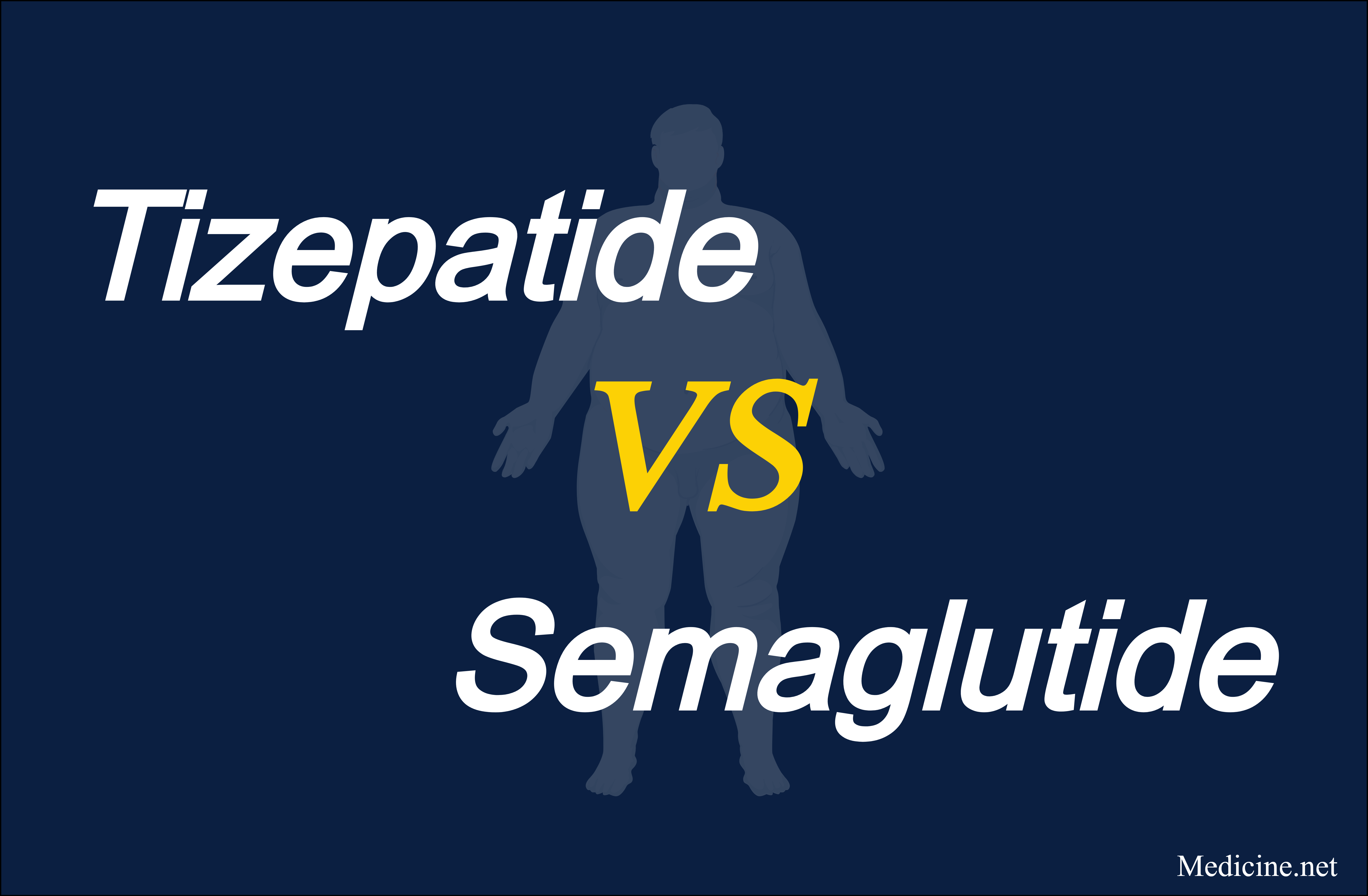
Obesity and overweight are prevalent conditions that significantly impact global health, contributing to increased morbidity and mortality. Pharmacological treatments for weight reduction have historically been limited in number and efficacy. However, recent advancements have introduced more effective therapies, including glucagon-like peptide 1 receptor agonist (GLP-1 RA) semaglutide and the dual GLP-1 RA/gastric inhibitory polypeptide (GIP) agonist tirzepatide. This article provides a comparative analysis of these two medications, focusing on their efficacy, safety, and patient outcomes.
Efficacy in Weight Reduction
Clinical studies have demonstrated that both tirzepatide and semaglutide are effective in promoting weight loss among individuals with overweight or obesity. However, tirzepatide has shown superior results in several key metrics.
Percentage of Patients Achieving Weight Loss:
Tirzepatide: In a large cohort study, 81.8% of patients receiving tirzepatide achieved a weight loss of 5% or greater within 365 days. Additionally, 62.1% achieved a weight loss of 10% or greater, and 42.3% achieved a weight loss of 15% or greater.
Semaglutide: In comparison, 66.5% of patients receiving semaglutide achieved a weight loss of 5% or greater, 37.1% achieved a weight loss of 10% or greater, and 18.1% achieved a weight loss of 15% or greater within the same period.
Mean Percentage Change in Body Weight:
Tirzepatide: Patients experienced a mean weight reduction of -5.9% at 3 months, -10.1% at 6 months, and -15.3% at 12 months.
Semaglutide: Patients experienced a mean weight reduction of -3.6% at 3 months, -5.8% at 6 months, and -8.3% at 12 months.
These results indicate that tirzepatide is more effective than semaglutide in achieving significant weight loss over a 12-month period.
Efficacy in Patients with and without Type 2 Diabetes (T2D)
The efficacy of these medications also varies between patients with and without T2D.
Patients without T2D:
Tirzepatide: 96% of individuals without T2D achieved a weight loss of 5% or more by 72 weeks.
Semaglutide: 92% of individuals without T2D achieved a weight loss of 5% or more by 68 weeks.
Patients with T2D:
Tirzepatide: 82% of individuals with T2D achieved a weight loss of 5% or more by 72 weeks.
Semaglutide: 73% of individuals with T2D achieved a weight loss of 5% or more by 68 weeks.
These findings suggest that while both medications are effective, tirzepatide may offer greater benefits for weight loss, particularly in patients without T2D.
Safety and Adverse Events
Safety is a critical consideration in the use of any pharmacological treatment. Both tirzepatide and semaglutide have been associated with gastrointestinal adverse events (AEs), which are common with GLP-1 RAs.
Gastrointestinal AEs:
Tirzepatide: The incidence of gastrointestinal AEs, such as nausea and vomiting, was similar to that observed with semaglutide. No significant differences in the risk of gastrointestinal AEs were noted between the two medications.
Semaglutide: Similar to tirzepatide, semaglutide also presented gastrointestinal AEs, but the rates were comparable between the two groups.
Discontinuation Rates:
Tirzepatide: 55.9% of patients discontinued treatment, which may be attributed to various factors, including AEs, costs, and other personal reasons.
Semaglutide: 52.5% of patients discontinued treatment, indicating a slightly lower discontinuation rate compared to tirzepatide.
Study Limitations and Future Research
While the comparative analysis provides valuable insights, it is essential to acknowledge the limitations of the study and the need for further research.
Study Limitations:
The study relied on clinical electronic health record (EHR) data, which may have inherent limitations, such as underreporting of AEs and delayed weight change observations.
The geographic distribution of the study population was not representative of the entire US, limiting the generalizability of the findings.
The study included medications labeled for T2D only, and future studies are needed to compare versions labeled specifically for weight loss.
Future Research:
Additional research is needed to understand the complex relationships between motivations and outcomes for patients with and without T2D.
Future studies should compare the effects of tirzepatide and semaglutide on other key endpoints, such as the reduction in major adverse cardiovascular events.
Research should also focus on understanding the reasons for treatment discontinuation, including the role of shortages, adverse events, and costs.
Conclusion
In conclusion, both tirzepatide and semaglutide are effective pharmacological treatments for weight reduction in individuals with overweight or obesity. However, tirzepatide has demonstrated superior efficacy in achieving significant weight loss compared to semaglutide. The safety profiles of both medications are similar, with comparable rates of gastrointestinal adverse events. Despite the promising results, further research is needed to explore other important outcomes and address the limitations of the current study. As the prevalence of obesity continues to rise, these medications offer hope for more effective weight management strategies in the future.
Read Paper│JAMA Network




Post comments